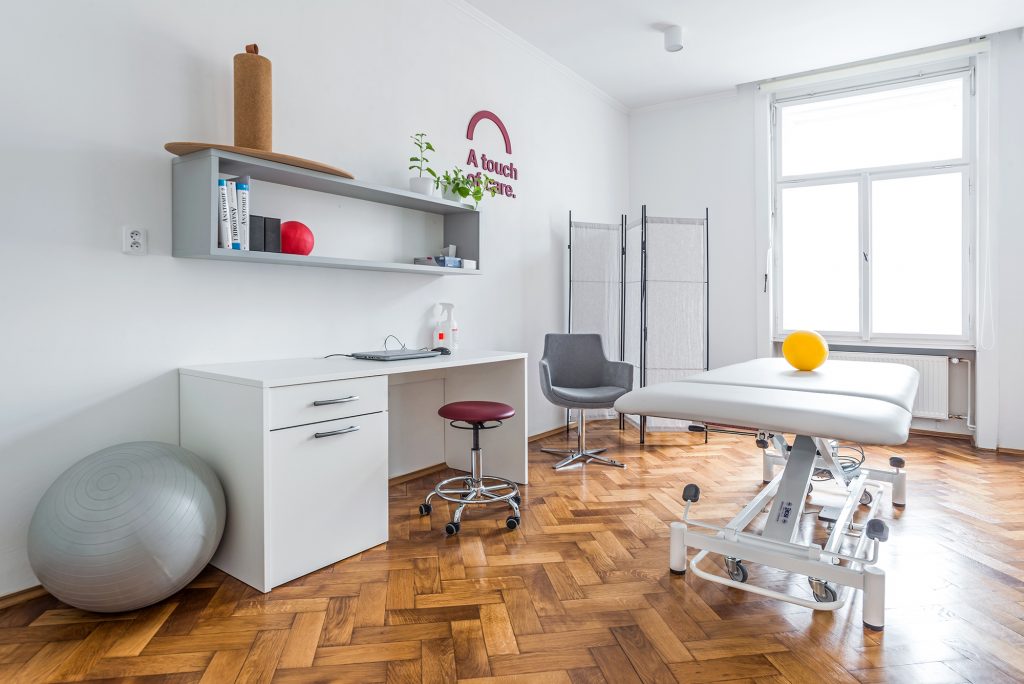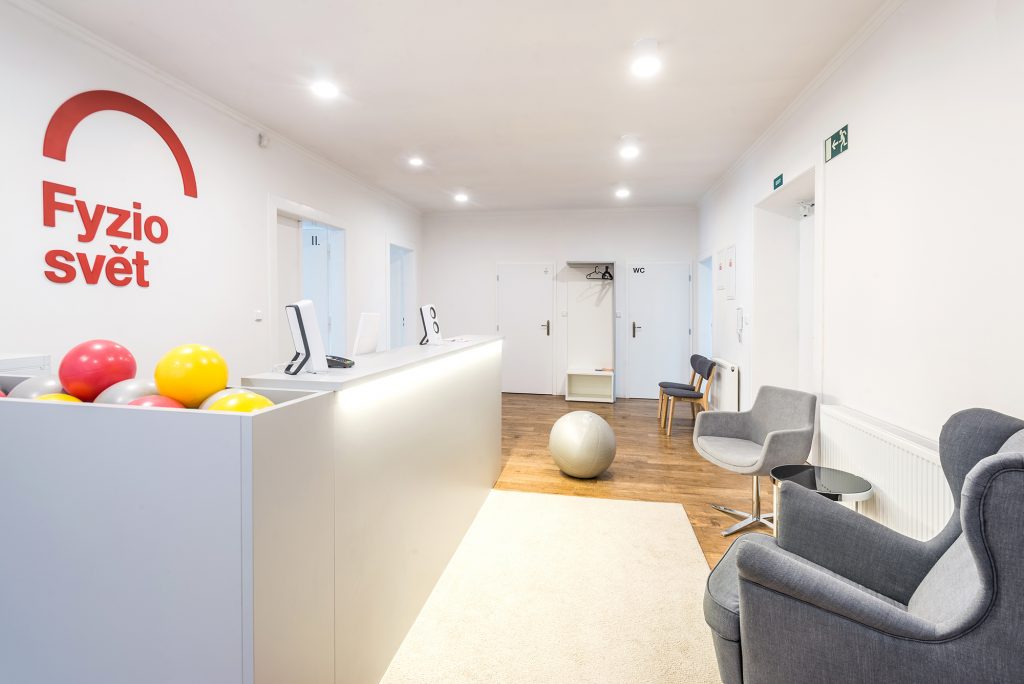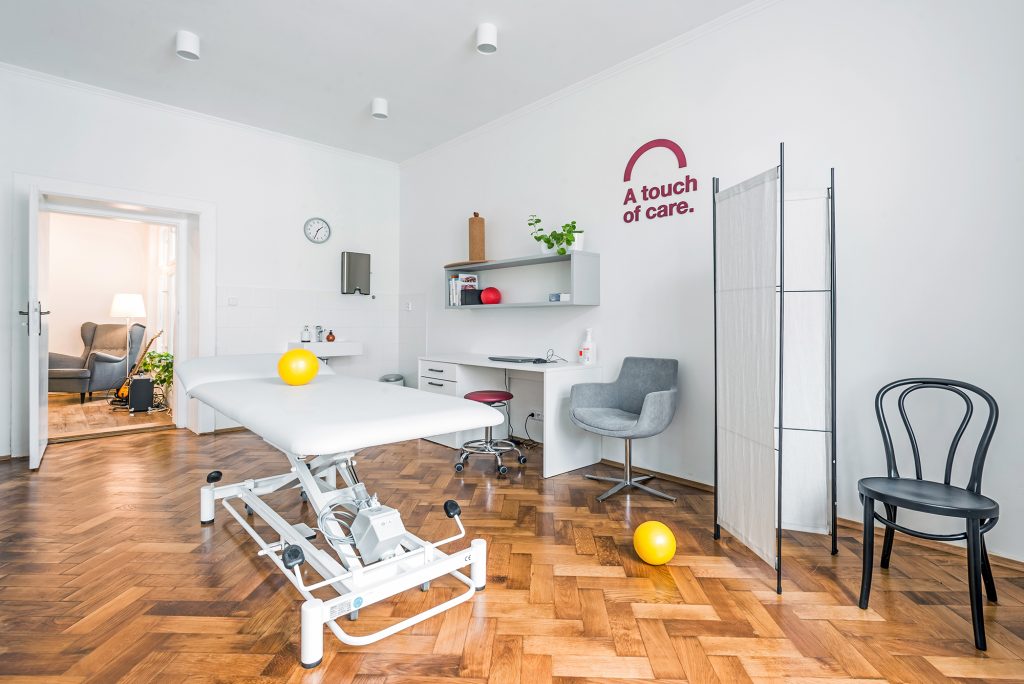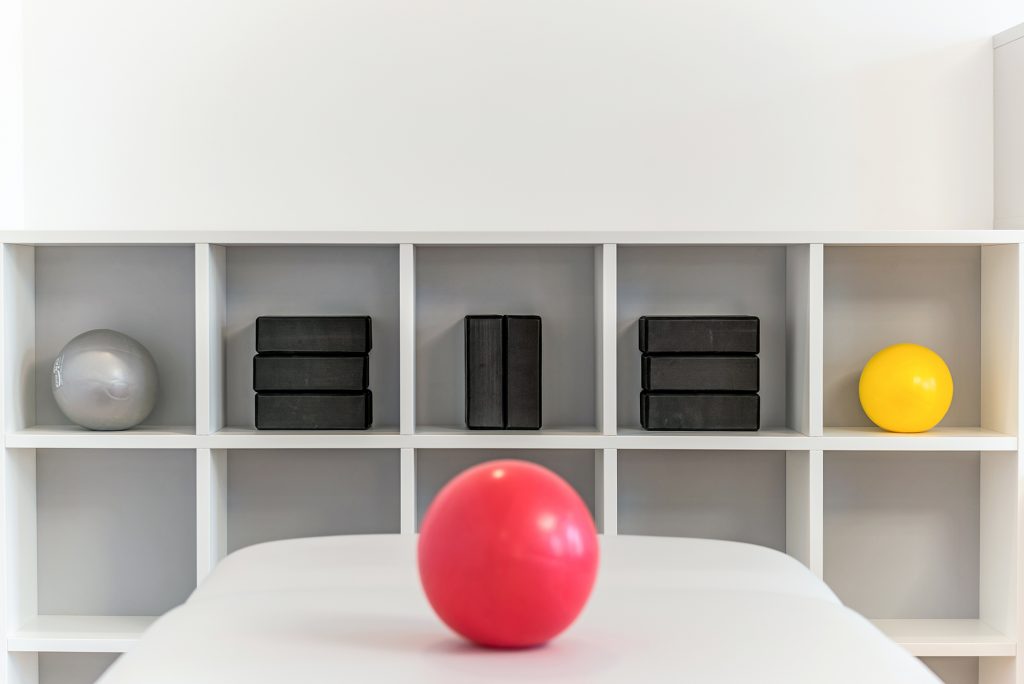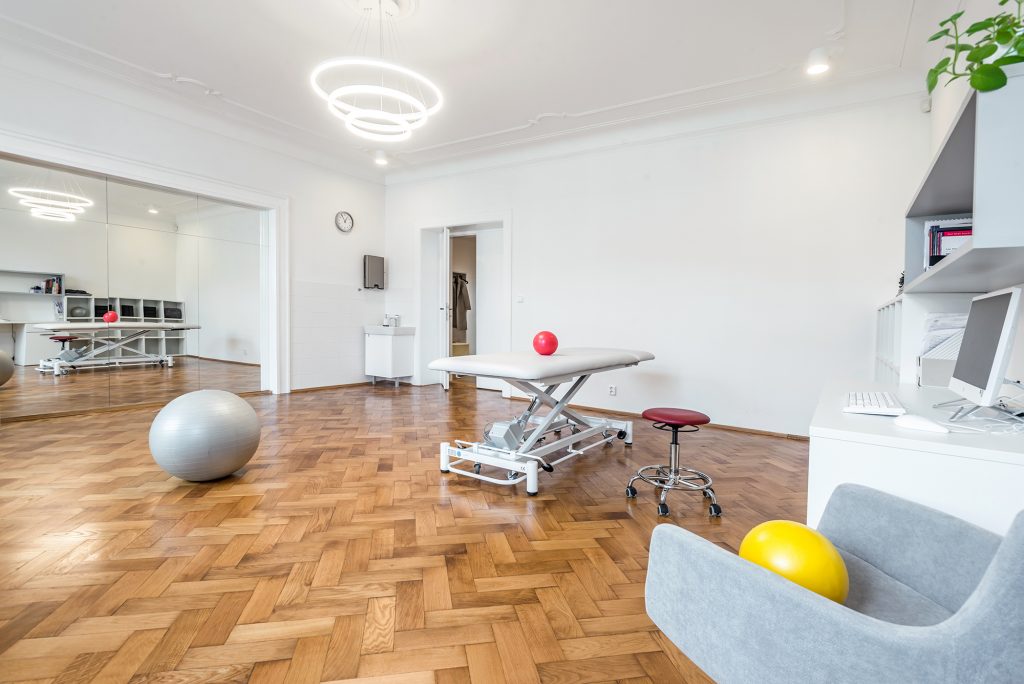Preventing Perineal Injury During Childbirth
During childbirth, when the baby’s head must pass through the birth canal, perineal injuries (tears or cuts to the area between the vagina and anus) often occur. These injuries can sometimes extend to the pelvic floor muscles or result in internal damage to the birth canal. Properly indicated episiotomies (a surgical cut made at the opening of the vagina during childbirth) are meant to prevent more severe tears. However, in some hospitals in the Czech Republic, episiotomies are still performed routinely, even when they are not necessary, leading to avoidable injuries.
According to the World Health Organization (WHO), the rate of episiotomies should not exceed 10% of vaginal births. In the Czech Republic, this rate varies significantly between hospitals, though the overall number of episiotomies is gradually decreasing. In 2020, the average episiotomy rate was around 40%, which is still quite high. Therefore, when preparing for childbirth, it is worth considering the choice of hospital and its approach to episiotomy.
There are two main approaches to preventing perineal injuries during childbirth. Some techniques are applied during labor itself, while others can be used during pregnancy. The most effective approach combines both pregnancy and labor techniques to minimize the risk of injury.
Techniques to Prevent Perineal Injury During Pregnancy
During pregnancy, various methods can be used to prepare for childbirth and reduce the likelihood of perineal injury. These include physiotherapy exercises, self-care methods such as perineal massage, and the use of inflatable vaginal devices. Combining these approaches can be especially beneficial.
Physiotherapy as Preparation for Childbirth
Visiting a physiotherapist during pregnancy can be highly beneficial. The physiotherapist can assess the woman’s overall physical condition, address any blockages, and relax tight or painful muscles. They can also help improve breathing techniques and teach labor-specific breathing methods in different birthing positions. Additionally, the therapist can treat the pelvic floor muscles externally or internally (through the vagina or rectum) to release any excess or uneven tension. This also allows them to check if the woman can properly activate, relax, and push with the pelvic floor muscles—skills that are crucial during labor. After birth, they can instruct on how to strengthen the pelvic floor and perform perineal massage.
Pelvic floor release and perineal treatment are particularly recommended for women who experienced injuries or episiotomies in previous births, as scar tissue may be present.
Perineal Massage
Perineal massage helps increase the elasticity of the perineum through regular massage. It is recommended to begin six weeks before the due date, performing it daily for about 10 minutes. The woman can do it herself or with the help of a partner. The massage should not be painful and is relatively simple to perform. Before each session, it is important to wash your hands to minimize the risk of infection. The woman should then lie in a comfortable position (e.g., on her back with her knees bent) and try to relax. Using plant-based oils with vitamin E, or specialized perineal massage oils, can be helpful. Alternatively, lubricating gel can be used.
To perform the massage, the woman inserts her thumbs into the vagina and applies pressure towards the anus and outwards until she feels tension in the perineum. She holds this pressure for 1-2 minutes, then slowly massages the lower half of the vagina in a semicircular motion for about 30 seconds. Throughout the process, she focuses on relaxing the pelvic floor and massaged muscles, and incorporates slow, deep breathing. After 1-2 weeks, she should notice improved elasticity and less discomfort during the massage. If a partner is performing the massage, they can use their index fingers instead of thumbs (Kališ, 2008).
Though perineal massage can also be performed during the second stage of labor, studies have not definitively proven its effectiveness at this point, and many women find it uncomfortable.
Use of Inflatable Vaginal Devices (Aniball/Epi-NO)
These devices are designed for pregnant women to use in preparation for childbirth, typically starting after 36 weeks (37+1 weeks of pregnancy). These tools help women become more aware of their pelvic floor muscles, practice relaxation techniques, and experiment with different birthing positions. By improving their pelvic floor awareness, women may be able to ease the second stage of labor and reduce the risk of injury and postpartum incontinence. Regular use of the Aniball or Epi-NO also increases perineal elasticity. Furthermore, the device helps women mentally prepare for labor by simulating the sensation of pushing out the baby.
The device consists of an anatomically shaped silicone balloon, designed to be inserted into the vagina, and a manual pump connected to the balloon via a tube with a valve.
The device can be used in three ways:
- Stretching exercises to gradually stretch the vaginal opening, perineum, and vaginal muscles (used before birth).
- Simulating labor by pushing the slightly inflated balloon out of the vagina to practice the expulsion stage of labor.
- Pelvic floor strengthening exercises, which can be done later, after childbirth. There is also a smaller version, Aniball Inco, specifically for strengthening the pelvic floor postpartum or at any other time, especially for women dealing with urinary incontinence.
Only healthy women with normal, uncomplicated pregnancies should use these devices. Proper hygiene and device disinfection are crucial.
It is recommended to use the balloon once a day for no more than 30 minutes. The woman inserts the balloon into her vagina, inflates it to the point of feeling pressure but not pain, and leaves it inflated for 1-10 minutes. If using the balloon for stretching, she should inflate it slightly more with each session, but always stop if pain occurs. It’s even more beneficial to use the balloon to practice pushing it out while slightly inflated. This allows her to find the best position for pushing, and focus on pelvic floor relaxation while gently pushing and breathing.
Vaginal Steaming
Vaginal steaming, using a blend of herbs, is another method to increase the elasticity of the soft tissues around the pelvic floor. It is recommended starting at 38 weeks of pregnancy. Special herb blends for this purpose can be purchased online. To perform the steam, pour boiling water over the herbs in a large container, allow them to cool slightly, and then place the container in the toilet or under a steaming stool. The woman sits on the toilet or stool without underwear and wraps herself in a warm blanket. The steam should feel hot but comfortable and should never burn. The steaming session lasts about 15 minutes or until the steam cools. Vaginal steaming can also be used during the first stage of labor, as it may help reduce pain and relax and warm the perineal area, making it more pliable.
Preventing Perineal Injuries During Labor
In addition to vaginal steaming, warm compresses on the perineum can help soften and make the tissues more pliable. The birthing position and how a woman pushes and breathes during labor also play significant roles.
Birthing Positions
In many hospitals, the most common birthing position is the “gynecological” position, where the woman lies on her back, or is semi-reclined with her knees bent and her legs supported by stirrups. However, this position puts the most pressure on the perineum due to gravity during the baby’s crowning. Studies show that the standing or side-lying positions are the most protective against perineal injuries (Elvander et al., 2015). Standing can be very physically demanding, and it can be more challenging for the medical staff to manage the delivery in this position. Therefore, the side-lying position may be more practical, allowing the perineum to be protected and warm compresses applied if needed. However, it’s essential to consider other factors such as the baby’s position and the mother’s condition, as these also influence the choice of position.
Studies (Menakaya, Albayati, Vella, Fenwick, Angstetra, 2012; Pellantová, 2003) have shown that water births are also protective against perineal injuries, likely due to the combination of warmth and the absence of routine episiotomies during water births.
Applying Warm Compresses to the Perineum
Warm compresses are a simple technique that helps soften and increase the flexibility of the perineal tissues. A 2007 study (Dahlen et al., 2007) confirmed the positive effect of warm compresses, and women in the study reported feeling less pain when using them. To apply a compress, soak several layers of cloth or a maternity pad in hot water (38-45°C), wring it out, and apply it to the perineum as the baby’s head begins to descend. Re-soak the compress between contractions to maintain the desired temperature.
Breathing and Pushing During Labor
Breathing techniques are one of the main reasons pregnant women attend childbirth preparation classes. However, evidence shows that using specific breathing patterns during labor may have negative effects, causing symptoms such as dizziness. Therefore, rather than strictly following instructions from the medical staff, women should use breathing techniques that feel natural in the moment. Breathing plays a crucial role during labor, as it ensures oxygen supply for both the mother and baby. Slow, deep breathing has a significant pain-relieving effect, making it a valuable tool for a smooth labor.
During labor, guided breathing is common, where the obstetrician instructs the mother on when and how to breathe and push. The Valsalva maneuver, where the woman takes a deep breath, holds it, and pushes hard using her diaphragm and abdominal muscles, is a common method. However, a 2006 study (Albers et al., 2006) found that this method was associated with more perineal injuries and increased urinary incontinence after birth (Schaffer, 2005).
Spontaneous and intuitive breathing, or pushing without breath-holding (i.e., not using the Valsalva maneuver), is more advantageous. This involves pushing with a slow exhale through slightly open lips, which may also produce a vocal expression. Of course, the baby’s condition must be taken into account, as the baby’s health always takes priority. In cases of fetal distress, forceful pushing with the Valsalva maneuver may be necessary to shorten the labor. However, gentle pushing with slow exhalation should be prioritized when the baby is doing well and labor is progressing.
If you are pregnant and want to better prepare for childbirth or are experiencing any issues, don’t hesitate to contact us. We have extensive experience working with pregnant women and are skilled in pelvic floor preparation for childbirth.
Sources:
ALBERS, L. Factors Related to Genital Tract Trauma in Normal Spontaneous Vaginal Births. Birth [online]. 2006, 2015-11-23, 33(2): 94-100 [cit. 2015-11-29]. DOI: 10.1111/j.0730-7659.2006.00085.x. ISSN 07307659.
DAHLEN, H. G., HOMER, C.S.E., COOKE, M., UPTON, A. M., NUNN, R., BRODRICK, B. Perineal Outcomes and Maternal Comfort Related to the Application of Perineal Warm Packs in the Second Stage of Labor: A Randomized Controlled Trial. Birth. [online] 2007, 34(4): 282-290. [cit. 2015-11-08] DOI: 10.1111/j.1523-536X.2007.00186.x. ISSN 07307659.
ELVANDER, Ch., AHLBERG, M., THIES-LAGERGREN, L., CNATTINGIUS, S., STEPHANSSON, O. Birth position and obstetric anal sphincter injury: a populationbased study of 113 000 spontaneous births. BMC Pregnancy and Childbirth [online]. 2015, 15(1).[cit. 2015-11-28]. DOI: 10.1186/s12884-015-0689-7. ISSN 1471-2393.
MANTLE, J. HASLAM, J., BARTON, S. Physiotherapy in Obstetrics and Gynaecology. 2nd ed. Edinburgh: Butterworth-Heinemann, 2004. ISBN 978-0-7506- 2265-3
MENAKAYA, U., ALBAYATI, S., VELLA, E., FENWICK, J., ANGSTETRA, D. A retrospective comparison of water birth and conventional vaginal birth among women deemed to be low risk in a secondary level hospital in Australia. Women and Birth [online]. 2013, 26(2), 114-118. [cit. 2015-11-09]. DOI: 10.1016/j.wombi.2012.10.002. ISSN 18715192.
KALIŠ, V. Porod a pánevní dno. Plzeň, 2008. Dizertační práce. Univerzita Karlova v Praze, Lékařská Fakulta v Plzni. Vedoucí práce Doc. MUDr. Zdeněk Rokyta, CSc.
SCHAFFER, J. I. A randomized trial of the effects of coached vs uncoached maternal pushing during the second stage of labor on postpartum pelvic floor structure and function. American journal of obstetrics and gynecology [online]. 2005, 192(5): 1692-1696 [cit. 2015-11-29]. DOI: 10.1016/j.ajog.2004.11.043. ISSN 00029378.
